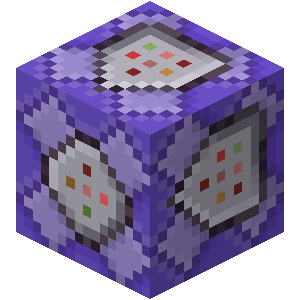Hi,
Today I sent arTIfiCE and asmhook together with some programs to the calculator of a friend, so that he could play games on his calculator, for example.
But he sees something on his calculator screen which causes him to think that it might crash and become unusable.
He said he was seeing stripes at the top of the screen..
He also had trouble with something with the graph screen after using my own board game written in TI-BASIC.
I don't know exactly what he saw, it was a vaguely description, but I don't think a TI-BASIC program can cause anything bad?
He said me a few hours ago that he believes it's too dangerous and that he doesn't want to buy a new calculator if anything goes wrong.
But my question is: Is it even possible that your calculator becomes useless?
Because some of you have very much experience with the TI calculators I think you'll be able to give a trustable answer to this.
Today I sent arTIfiCE and asmhook together with some programs to the calculator of a friend, so that he could play games on his calculator, for example.
But he sees something on his calculator screen which causes him to think that it might crash and become unusable.
He said he was seeing stripes at the top of the screen..
He also had trouble with something with the graph screen after using my own board game written in TI-BASIC.
I don't know exactly what he saw, it was a vaguely description, but I don't think a TI-BASIC program can cause anything bad?
He said me a few hours ago that he believes it's too dangerous and that he doesn't want to buy a new calculator if anything goes wrong.
But my question is: Is it even possible that your calculator becomes useless?
Because some of you have very much experience with the TI calculators I think you'll be able to give a trustable answer to this.






























